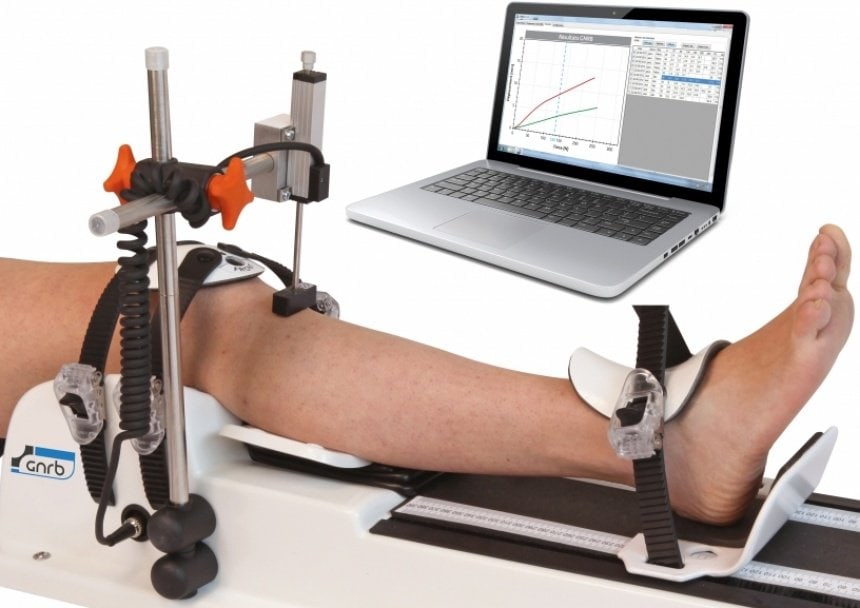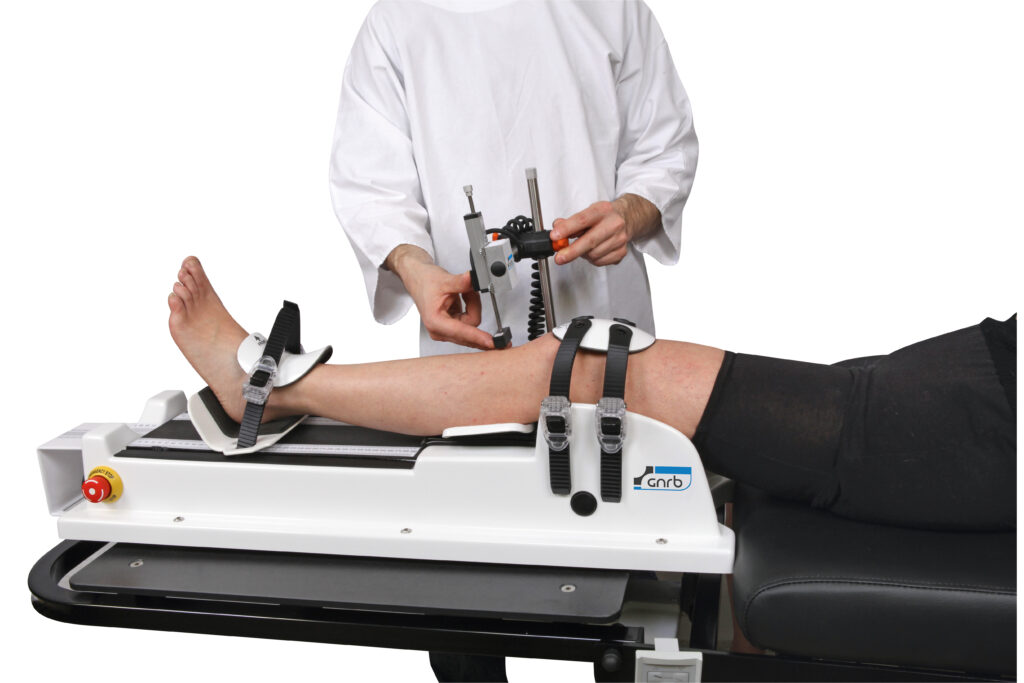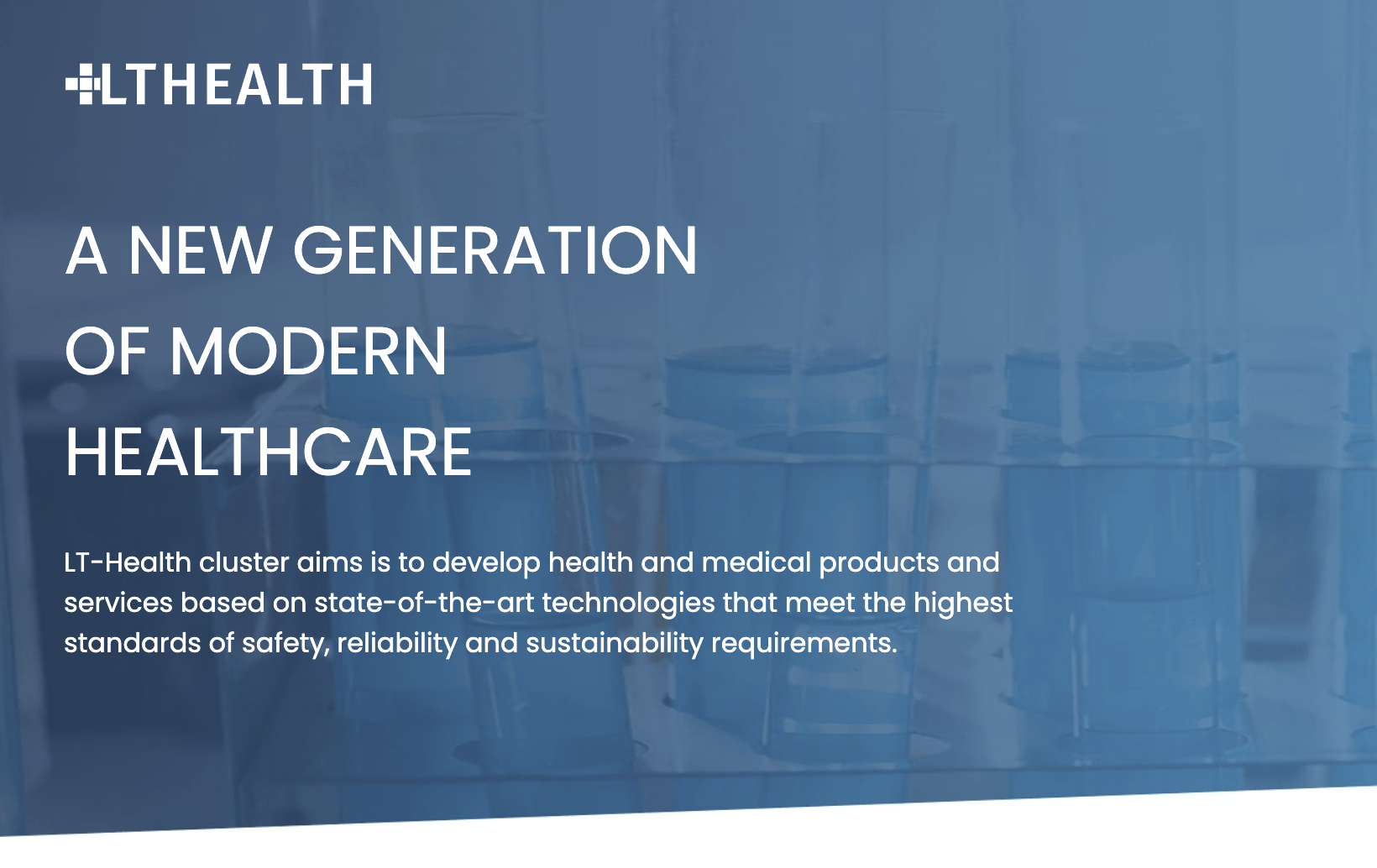Knee injuries in children, especially those active in sports, present a unique challenge to pediatric orthopedics. Among these injuries, anterior tibial eminence (ATE) fractures stand out due to their potential to significantly impact the knee’s stability and function. These fractures involve the avulsion of the anterior cruciate ligament (ACL) from its tibial insertion, a critical structure for knee stability. Given the pivotal role of the ACL in knee dynamics, ATE fractures can lead to long-term complications such as laxity and instability, which, in turn, affect a child’s mobility and quality of life.
Level of evidence : IV, retrospective study.
Recognizing the need for precise diagnostic tools to evaluate these outcomes, a recent scientific study embarked on a mission to scrutinize the long-term incidence of knee laxity and instability in children following ATE fractures. Central to this investigation was the GNRB arthrometer, a cutting-edge device acclaimed for its precision in measuring knee laxity dynamically. By employing the GNRB, researchers aimed not only to quantify the extent of laxity but also to explore the correlation between initial injury severity and long-term knee function. This study represents a significant leap forward in our understanding of ATE fractures and sets the stage for enhancing post-injury care in pediatric patients.
The Study at a Glance
Conducted by Anass Arroume, Mathieu Pascual, Fanny Mathieu, and their distinguished team, the study offers an in-depth analysis of knee laxity following anterior tibial eminence fractures in children. This retrospective study meticulously compiled data from a series of 35 cases treated at the CHU d’Amiens-Picardie between January 2006 and January 2020. The selection criteria were stringent, focusing on patients under the age of 16 who had suffered isolated ATE fractures, with the exclusion of those with previous significant knee injuries or surgeries that could influence knee laxity measurements.
This study’s backbone is the innovative use of the GNRB arthrometer for evaluating knee laxity, setting it apart in the realm of pediatric orthopedic research. By systematically assessing knee stability over a substantial follow-up period averaging 5.9 years, the research unveils critical insights into the long-term outcomes of pediatric ATE fractures. This work not only underscores the importance of precise diagnostic tools in pediatric orthopedics but also paves the way for improved treatment protocols aimed at minimizing long-term complications.
GNRB Arthrometer: The Game Changer in Dynamic Knee Testing
The GNRB arthrometer represents a paradigm shift in the dynamic testing of knee laxity, offering an unparalleled level of precision that sets a new standard in the field. This innovative device is pivotal in the context of pediatric orthopedic diagnostics, particularly when evaluating the long-term effects of anterior tibial eminence (ATE) fractures on knee stability. Unlike traditional laximeters such as the KT-1000, the GNRB utilizes a robotic system to apply consistent and measurable forces to the knee, enabling highly accurate assessments of anterior cruciate ligament (ACL) integrity and function.

In the study led by Anass Arroume and his team, the GNRB’s capabilities were fully leveraged to quantify knee laxity in children who had suffered ATE fractures. The device’s ability to produce reproducible, objective data marks a significant advancement over previous methods, which were often limited by their subjective nature and variability in results. The GNRB arthrometer not only facilitated a deeper understanding of the prognosis for children post-ATE fracture but also demonstrated its potential to revolutionize how knee injuries are diagnosed and managed in the pediatric population. Its adoption into clinical practice could dramatically enhance the accuracy of diagnoses, allowing for tailored treatments that better address the unique needs of each patient, thereby optimizing recovery outcomes.
Findings Unveiled
The study meticulously conducted by Anass Arroume and colleagues brought to light compelling findings regarding knee laxity post-anterior tibial eminence (ATE) fractures in children, utilizing the advanced GNRB arthrometer for precise measurements. A standout result from the investigation was the average laxity observed, quantified at 1.46 mm, with the device pinpointing cases of significant laxity—where the differential with the healthy knee exceeded 3 mm—in three patients. This specific measure of laxity, particularly in comparison to the unaffected knee, provides invaluable insights into the individual impacts of ATE fractures on knee stability.
Further enriching the study’s conclusions were the assessments using the International Knee Documentation Committee (IKDC) and Lysholm scores, renowned for their efficacy in evaluating knee function and recovery post-injury. The average IKDC score reported was an impressive 92.2, indicating a high level of knee function amongst participants. Similarly, the Lysholm score, averaging at 93.1, suggested excellent knee stability and functionality, corroborating the optimistic outcomes post-recovery from ATE fractures.
These findings, particularly when analyzed through the lens of the GNRB measurements, underline a critical narrative: while a fraction of children experience notable knee laxity post-ATE fracture, the majority achieve satisfactory knee function and stability as evidenced by high IKDC and Lysholm scores. This dichotomy not only underscores the efficacy of current treatment protocols but also signals the need for ongoing monitoring and tailored interventions for those with significant laxity, ensuring optimized long-term outcomes for all pediatric patients.
Contributions to Pediatric Orthopedics
This study on knee laxity following ATE fractures in children highlights the power of collaboration and collective expertise within the research team. With a shared focus on advancing the understanding of pediatric knee injuries, the group brought together their diverse backgrounds to explore the intricacies of ATE fractures. Their combined efforts have shed new light on the outcomes of these injuries, significantly contributing to the field of pediatric orthopedics.
Their interdisciplinary approach was vital in tackling the complexities of pediatric knee injuries. By combining their diverse expertise, the team not only advanced our understanding of ATE fracture outcomes but also set new standards for the assessment and treatment of knee laxity in children. Their work exemplifies how collaborative efforts can lead to significant advancements in pediatric orthopedics, offering hope for improved patient care and recovery protocols.
Implications for Future Care

The insights garnered from the study spearheaded by Anass Arroume and his team hold profound implications for the long-term management of anterior tibial eminence (ATE) fractures in pediatric patients. One of the pivotal revelations is the critical role of dynamic knee testing, particularly using the GNRB arthrometer, in the early detection of potential complications such as knee laxity and instability. This advanced diagnostic approach enables clinicians to identify subtle changes in knee function that may not be apparent through traditional examination methods.
Incorporating dynamic knee testing into routine follow-up for children who have suffered ATE fractures could revolutionize current care protocols. By enabling earlier intervention for those showing signs of significant laxity, healthcare providers can tailor rehabilitation programs more effectively, potentially mitigating long-term issues like chronic instability or degenerative changes. Ultimately, this study underscores the necessity of integrating sophisticated diagnostic tools into pediatric orthopedic care, promising enhanced outcomes for young patients navigating the recovery from knee injuries.
The Path Forward
Building on the compelling findings from Anass Arroume’s team, future research should delve deeper into the predictive factors of knee laxity and instability post-ATE fracture, exploring the potential genetic or biomechanical predispositions. Additionally, longitudinal studies comparing the effectiveness of various rehabilitation strategies could illuminate pathways to optimize recovery. The study’s revelations on the GNRB arthrometer’s utility highlight the imperative of incorporating dynamic knee testing into regular pediatric orthopedic assessments. This approach not only promises more nuanced patient care but also paves the way for a broader application of technology in diagnosing and managing musculoskeletal injuries in children, ensuring a healthier, more active future for young patients.
Conclusion
The study led by Anass Arroume and his team has significantly enriched our understanding of knee laxity following anterior tibial eminence (ATE) fractures in children. By leveraging the precision of the GNRB arthrometer, this research not only quantified the degree of laxity with unprecedented accuracy but also underscored the efficacy of current treatment modalities. The study’s findings reiterate the indispensable role of dynamic knee testing in elevating the standard of pediatric orthopedic care. The use of the GNRB arthrometer, in particular, emerges as a cornerstone in enhancing diagnostic accuracy, facilitating targeted interventions, and ultimately, optimizing patient outcomes in the wake of knee injuries.







